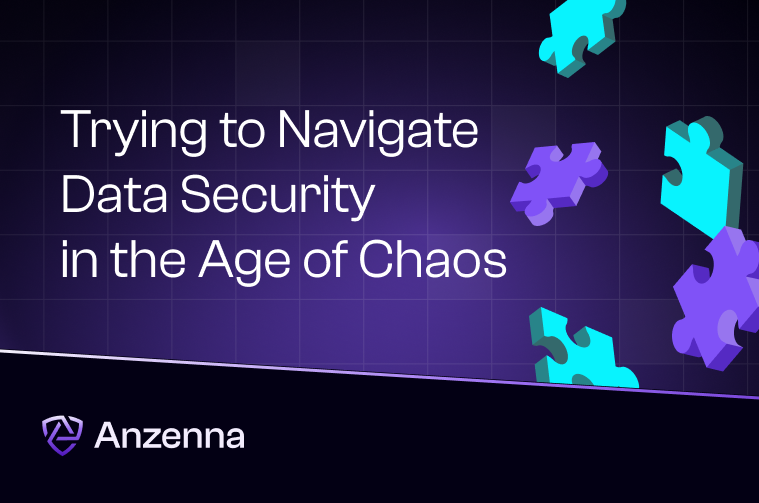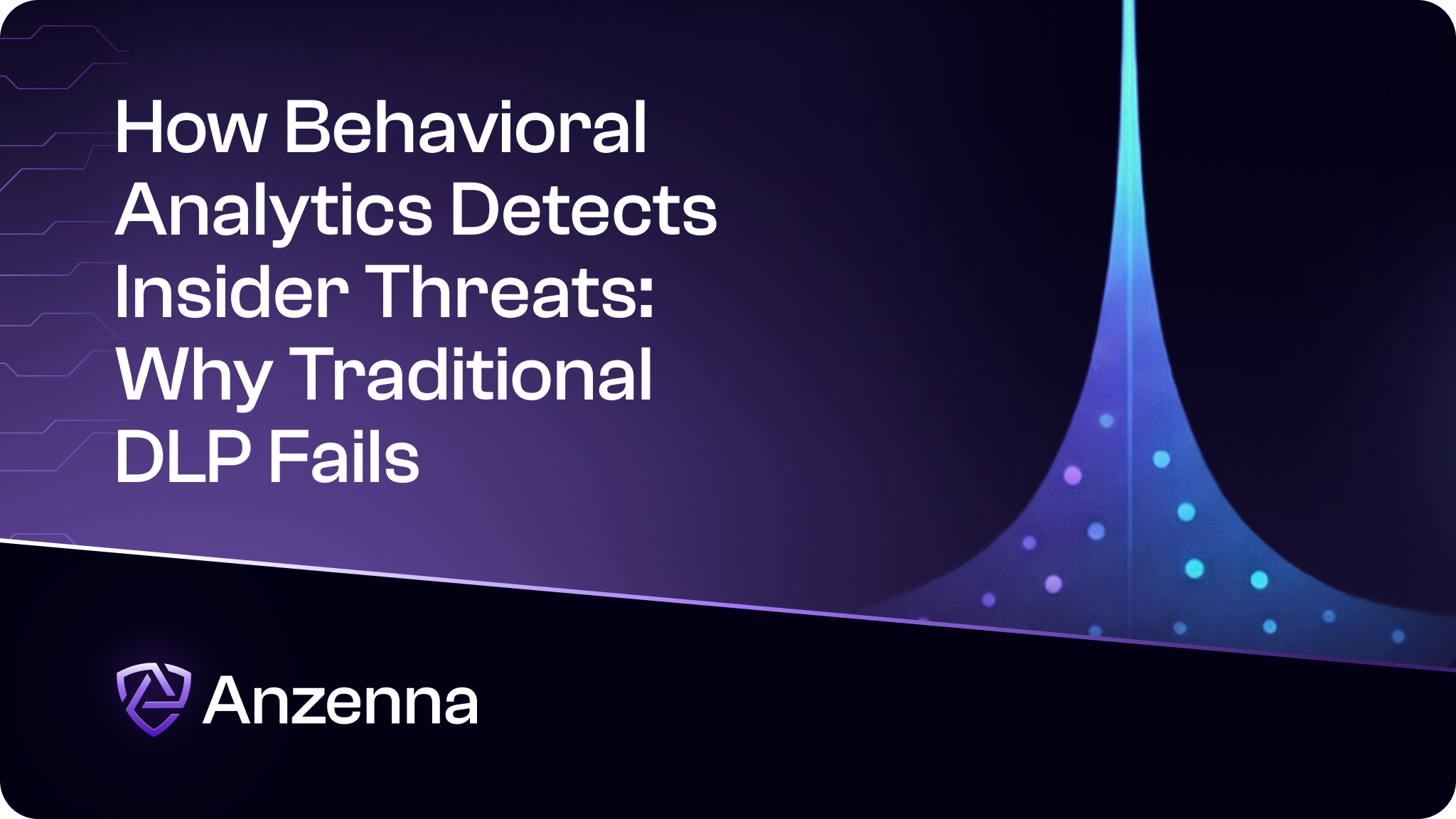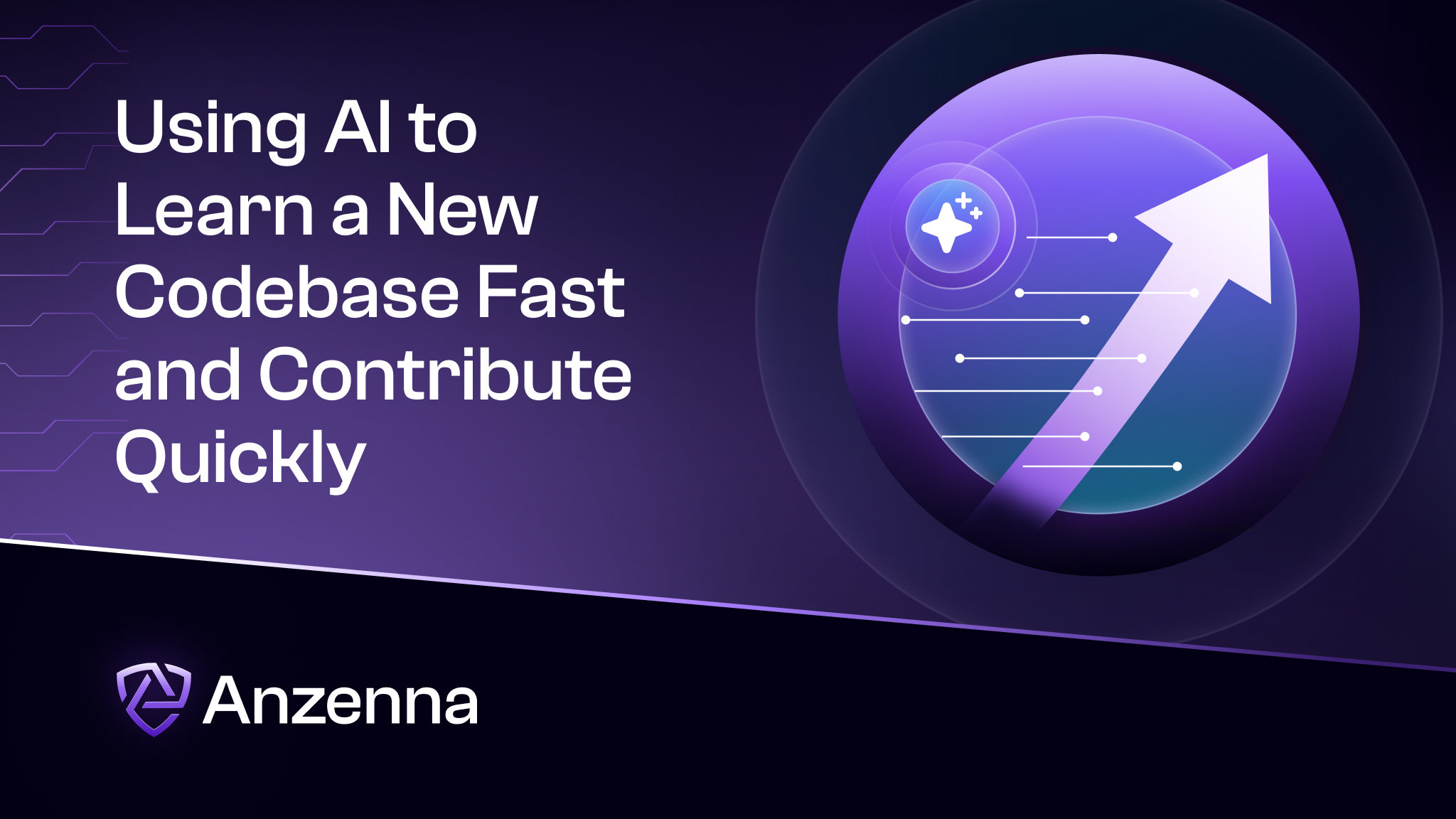Cybersecurity: A Portrait
(And why you’re standing too close)
You lock the doors and they come down the vents. You patch the system and they phish your senior copywriter. You upgrade your firewall and someone shares a sensitive link in Slack.
Cybersecurity plays out across cloud platforms, remote teams, legacy infrastructure, and a revolving door of unknown adversaries. It’s not only about protecting your data — it’s about managing risk, optimizing operations, reinforcing resilience, and defending trust and as much about strategy as it is software. And it never, ever stands still.
If you feel like you’re trying to solve each alert, incident, and each new compliance request — take a step back. Cybersecurity today isn’t one problem — it’s a series of perpetually shifting jigsaw puzzles.
Pick up the pieces you’re missing.
Seven Cybersecurity Pillars
How not to get owned in 2025.
Tenets that should live rent-free in your head.
01
Network Security
Firewalls, DLPs, NGFW, IPS, NAC. Attackers don’t give a **** about your acronyms. These cybersecurity solutions are meant to prevent unauthorized access, filter traffic, and enforce web policies but threats slip in looking like legit users. That’s where deep visibility matters – without behavioral insights and anomaly detection, you’re only scanning the surface.
02
Cloud Security
With more data in the cloud than ever before, cloud security has become one of the most critical types of cyber security. Misconfigurations, identity gaps, and shadow IT create open doors for cybersecurity threats. You need third-party solutions that actually secure data in motion, at rest, and in use.
03
Endpoint Security
Every laptop, tablet, and rogue USB drive is a front line that needs back-up when your workforce operates wherever there’s access to a hotspot and HubSpot. Proper endpoint security begins with real-time monitoring, response capabilities, and building resilience from the device up.
04
Mobile Security
Phones are miniature platinum mines of corporate access — portable, personal, and perilous for an attack surface fitting in your pocket with a panoramic blast radius spanning your whole organization. Cybersecurity requirements for mobile environments include MDM, threat detection, anti-phishing, and protection from IM-based attacks.
05
IoT Security
The rise of smart devices introduces new types of cybersecurity threats — especially when they connect to your network without your knowing. Think HVACs, cameras, even lightbulbs. They don’t come with strong security defaults, making proactive IoT monitoring critical.
06
Application Security
Web and mobile apps are a favorite target for hackers. OWASP Top 10 threats like injection attacks, cross-site scripting, and broken authentication are common cyber security threats. Application security needs to scale with DevOps — meaning automated testing, runtime protection, and API visibility.
07
Zero Trust
Never trust, always verify. Every login, request, and data access is suspect until proven safe. It’s not post-modern paranoia. It’s modern architecture. And it’s the only way to meaningfully secure remote, hybrid, and cloud-native environments.
Threats Have Evolved (Have You?)
Gen I-V Malware: From floppy-disk curiosities to enterprise-scale ransomware rings, malware is now swifter, stealthier, and sharper than ever. AI-powered malware isn’t a Black Mirror episode – it’s today.
Phishing: It’s no longer typo-addled Nigerian princes. It’s near-perfect fakes with your CEO’s face and your brand’s favicon. Business Email Compromise (BEC) is big business built on little blunders.
Supply Chain Attacks: Your software is only as secure as the weakest vendor with access. Think SolarWinds, Kaseya, and every single SaaS tool that integrates with everything else. Zero Trust isn’t optional here.
Insider Risk: Not every threat actor plays Fortnite in his mom’s basement. Some wear company badges. Some accidentally send files to the worst person imaginable. Some leave sensitive IP behind because no one revoked access. Risk isn’t always a red alert. Sometimes it’s a calendar invite for a zero-sum game.
Ransomware & RaaS
Ransomware-as-a-Service has lowered the barrier to entry for cybercrime. Now, even amateurs can deploy sophisticated payloads. It’s not just encryption anymore — it’s data theft, public shaming, and operational blackmail.
Brand Impersonation
Bad actors spoof your domain, site, and look-and-feel, duping your customers and ruining your reputation. This isn’t only a phishing problem. It’s a trust crisis.
Less Tools. More Tactics.
Everyone has a firewall, endpoint tool, SIEM, DLP, CASB, and AI that scolds the interns. But none of it helps if those tools don’t talk to each other — or worse, drown your team with noise while the real risks go undetected.
Cybersecurity stacks are often cobbled together with a tool for every threat vector, a dashboard for every team, and a seemingly neverending log stream. But what happens when those tools don’t communicate or worse –– contradict each other?
Security teams end up burning cycles chasing false positives and sifting through siloed systems. Detection doesn’t equal protection. Especially when alerts arrive in bulk with no context, prioritization, or clear path to remediation.
Visibility isn’t about volume — it’s about correlation. And correlation requires integration. Without that, every tool is just another torrential scream in the void adding to the cacophony of security fatigue: Analysts overwhelmed with dashboards. Engineers frustrated by gaps. Executives unsure what’s actually working.
All equating in delayed responses, missed threats, and an eroding sense of trust in the security apparatus itself.
Consolidation matters. Clarity matters more.
Where Anzenna Fits In
We made Anzenna Detect for this world — not the 2005 threat model your legacy tools still cling to.
Experience:
- Total transparency into user behavior across apps, channels, and devices
- Contextual AI-powered risk scoring – not mindless alerting
- Sound policy enforcement without disrupting your people
- A real chance to spot insider risk and exfiltration before it becomes an incident
Cybersecurity FAQ
What is cybersecurity? Cybersecurity is the practice of protecting systems, networks, and data from unauthorized access, damage, or disruption. It covers everything from firewalls to culture.
Why is cybersecurity more complicated now? The rise of cloud, remote work, BYOD, AI tools, and increasingly sophisticated threats means organizations face more attack surfaces than ever before.
What’s the difference between a breach and an exfiltration? A breach means someone got in. Exfiltration means they took something out. One is a nightmare. The other is worse.
Do I really need Zero Trust? If your users, data, and apps are everywhere, then yes. Zero Trust helps ensure every access request is checked, regardless of location or device.
Can AI actually help in cybersecurity? Absolutely. AI can spot patterns, flag anomalies, and surface real threats in oceans of noise. The trick is using it intelligently — like Anzenna Detect does.
Is employee training enough? It’s necessary but not sufficient. Combine awareness with monitoring, smart tooling, and a culture of accountability.
What makes Anzenna Detect different? It connects the dots between user behavior, context, and risk — across apps and platforms. It doesn’t just tell you something happened. It shows you what to do next.
The Risk Is Real. The Response Is Anzenna.
You can’t afford to rely on a fortress mentality when the battlefield is everywhere. The definition of cybersecurity now includes cultural resilience, rapid response, and proactive visibility.
It also requires a new mindset: that cyber defense isn’t an IT issue – it’s a business priority. The threats don’t just impact data – they touch revenue, brand reputation, operational continuity, and customer trust.
Modern cybersecurity must operate on two fronts: strategic and tactical. Strategically, organizations need to define what assets matter most, who can access them, and how that access is monitored and revoked. Tactically, they must react to incidents in real-time, shut down active threats, and continuously learn from past mistakes.
That means your security posture can’t be static. It must evolve as your environment, users, and threatscape changes. And it has to do it without exhausting your teams or overwhelming your systems.
With solutions like Anzenna Detect, businesses can build a unified security experience that empowers teams instead of burdening them. You don’t need to be perfect – you need to be ready. Ready to detect, respond, and adapt. That’s what separates companies that suffer breaches from those that prevent them.
Build a foundation that helps you see what’s coming, understand what’s happening, and respond like it actually matters.
Take that step back.
Now surge your cybersecurity forward with Anzenna.








